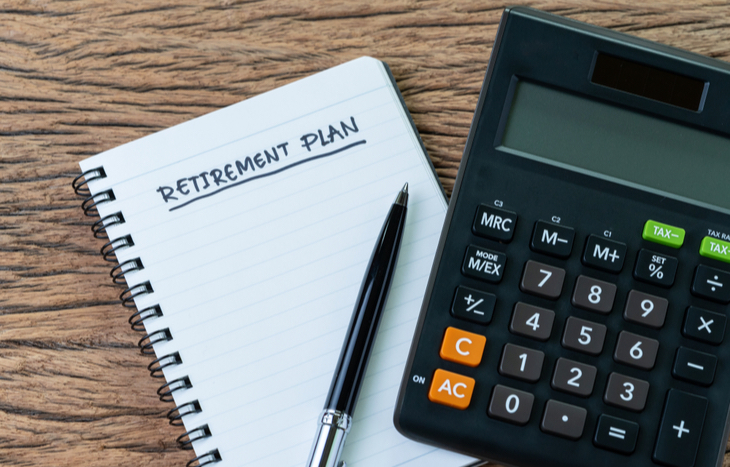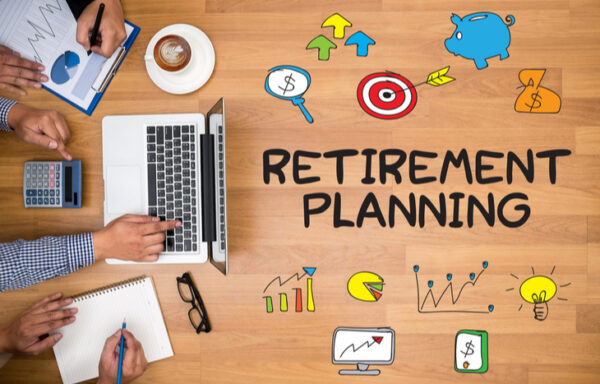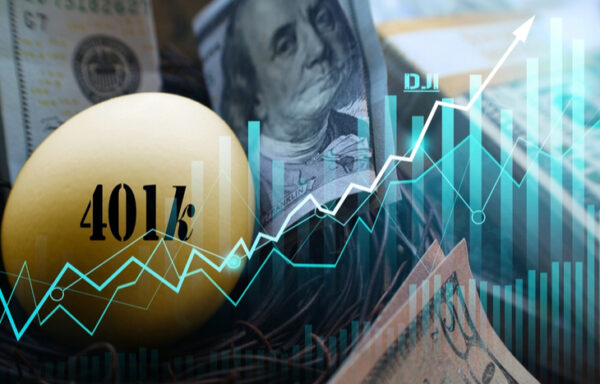Financial Planning After Retirement
When people think about financial planning, they typically think about making sure they save enough to retire when they want. This stage in the financial planning process is the Accumulation Phase. They don’t typically think about financial planning after retirement.
The accumulation Phase first involves deciding on some basic assumptions about inflation, rate of return and when you’ll ultimately pass away. After choosing a retirement date, savers can use that information to decide how much money they’ll need during retirement and how much they’ll need to save.
Taking it a step further, savers will also decide on the type of accounts that they will use to save money. These options include Roth IRAs, Traditional IRAs, 401(k)s, taxable accounts, or even different options through an employer.
If all this sounds overwhelming, don’t sweat. Many folks enlist a financial planner to help them with retirement planning. The planner can also help with the Distribution Phase of retirement planning which is financial planning after retirement.
The good news is that this phase is a lot more fun!

Retirement Planning After Retirement
During the Accumulation Phase, you’ve decided the fun stuff you’ll be doing after retirement. The fun stuff might include travel, spending time with grandchildren, golfing or anything else. Write your retirement story any way you want!
After you retire, it’s time to sit back and enjoy your time. Keep in mind, though, financial planning after retirement isn’t over. You’re now in the Distribution Phase of your plan.
This phase of financial planning has many steps and things to consider. Let’s take a look at a few of them.
Health Insurance
During your working years, your family probably had health insurance through an employer. Though, you have no employer now that you’re retired. So, you’re on your own for health insurance. Fortunately, Medicare is available for retirees 65 or older.
For some retirees, Medicare is just fine. Other retirees may want or need more coverage. For instance, Medicare might not cover dental care, hearing aids, long-term care, or prescription drugs. If you need coverage for these or other things not covered by Medicare, you might consider a Medicare Advantage Plan or other private health insurance.
Remember to account for cost. Medicare has two parts. Medicare Part A is free to most taxpayers. If you’re not eligible for premium-free Part A, you can still purchase it. There is a standard premium for Medicare Part B.
Beyond Medicare, health insurance for retirees can get quite costly. Be sure to account for these premiums in your financial planning after retirement.
Social Security
Retirees can choose to start taking social security as early as age 62 or as late as age 70. Remember that the earlier you begin taking social security, the lower th amount you will receive. In addition, you cannot change your mind.
On the Brightside, your social security check will increase over time. The social security system has a cost-of-living adjustment built into it. In other words, your social security check increases with inflation.
In addition to these complexities, Social Security also has rules about marital status, early death and many other things. All of these things can affect your payment. Your financial planner or online websites may be able to help you make sure you get the highest amount possible during retirement.
Taxes
Accounting for taxes in your retirement plan could save you a lot of money in your golden years. Unfortunately, taxes don’t go away after you retire. Distributions from your retirement accounts are taxed in different ways.
Good news for Roth IRAs holders. You owe no tax on your withdrawals because you funded your Roth with post-tax dollars. Tax-free distributions are only part of the reason that investors love Roth IRAs. Investment gains within the Roth will not be taxed either.
Taxable accounts are great for savers who cannot get a Roth IRA. You make contributions with post-tax dollars. After that, each investment in the account is taxed on its gains or losses only when it is sold. For instance, if you put $1,000 into a taxable account and invested it in ABC stock and later sold it for $1,500, only the $500 gain would be taxed.
The gains are taxed at the long-term capital gains rate for investments sold after one year. For investments held for less than a year when they’re sold, the tax rate is your regular tax rate. Keep in mind that you will defer any taxable gain until you sell an investment.
Every dollar you take out of your 401(k) or Traditional IRA will be taxed at the same rate as regular income.
Your tax advisor or financial planner can help you make sense of the tax planning after retirement. They can also help decide which accounts to take money from to reduce your taxes as much as possible.





